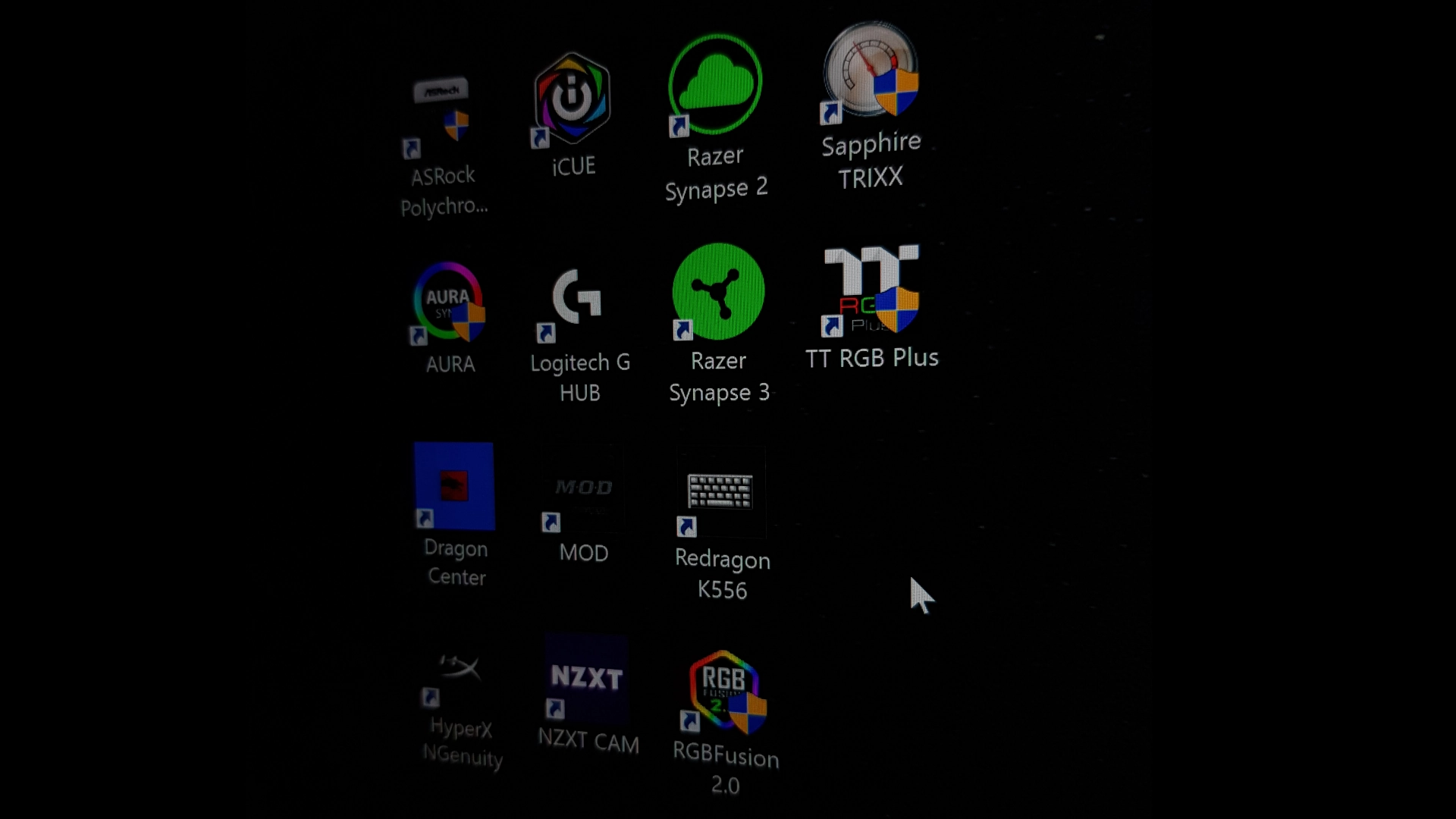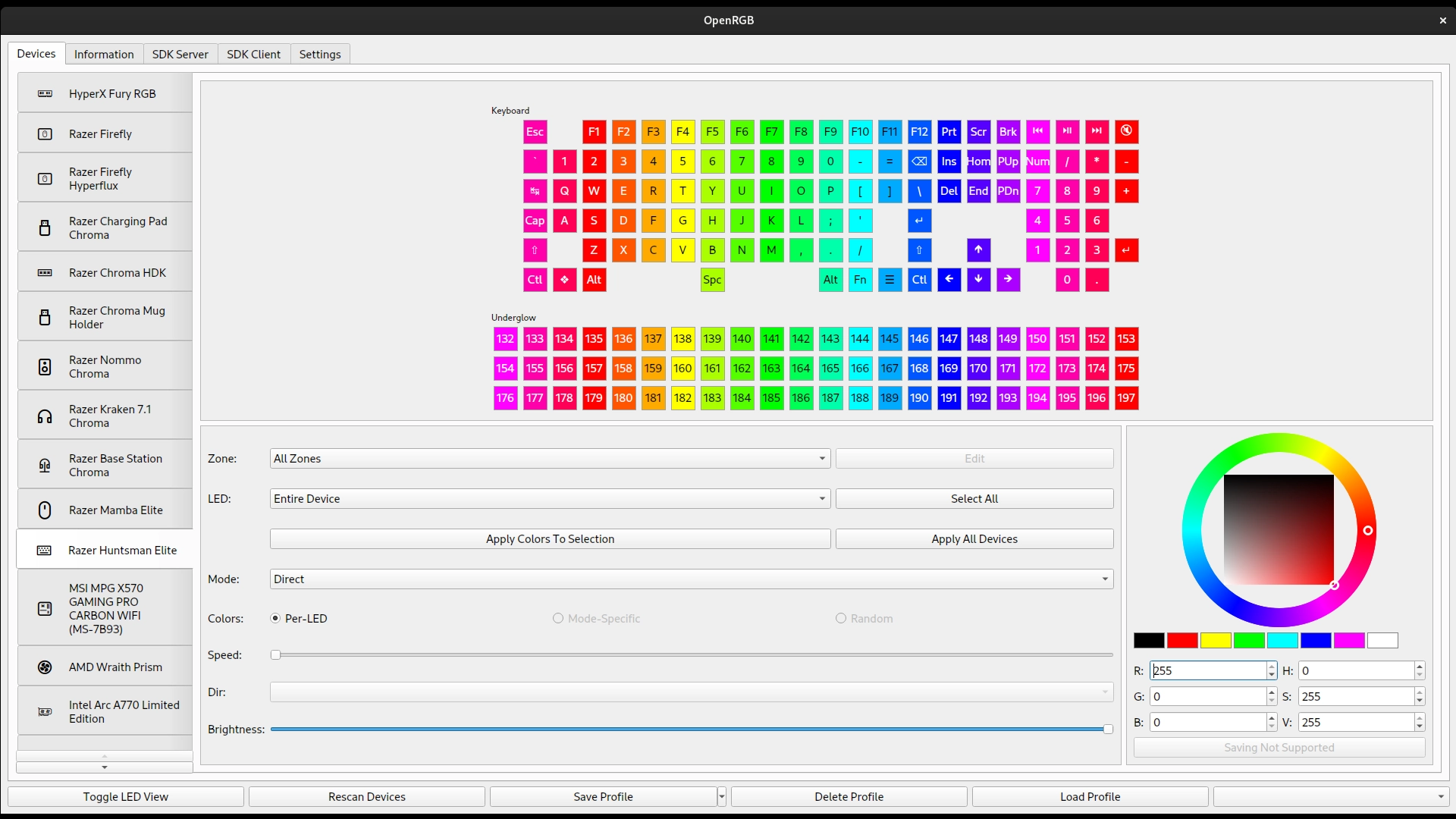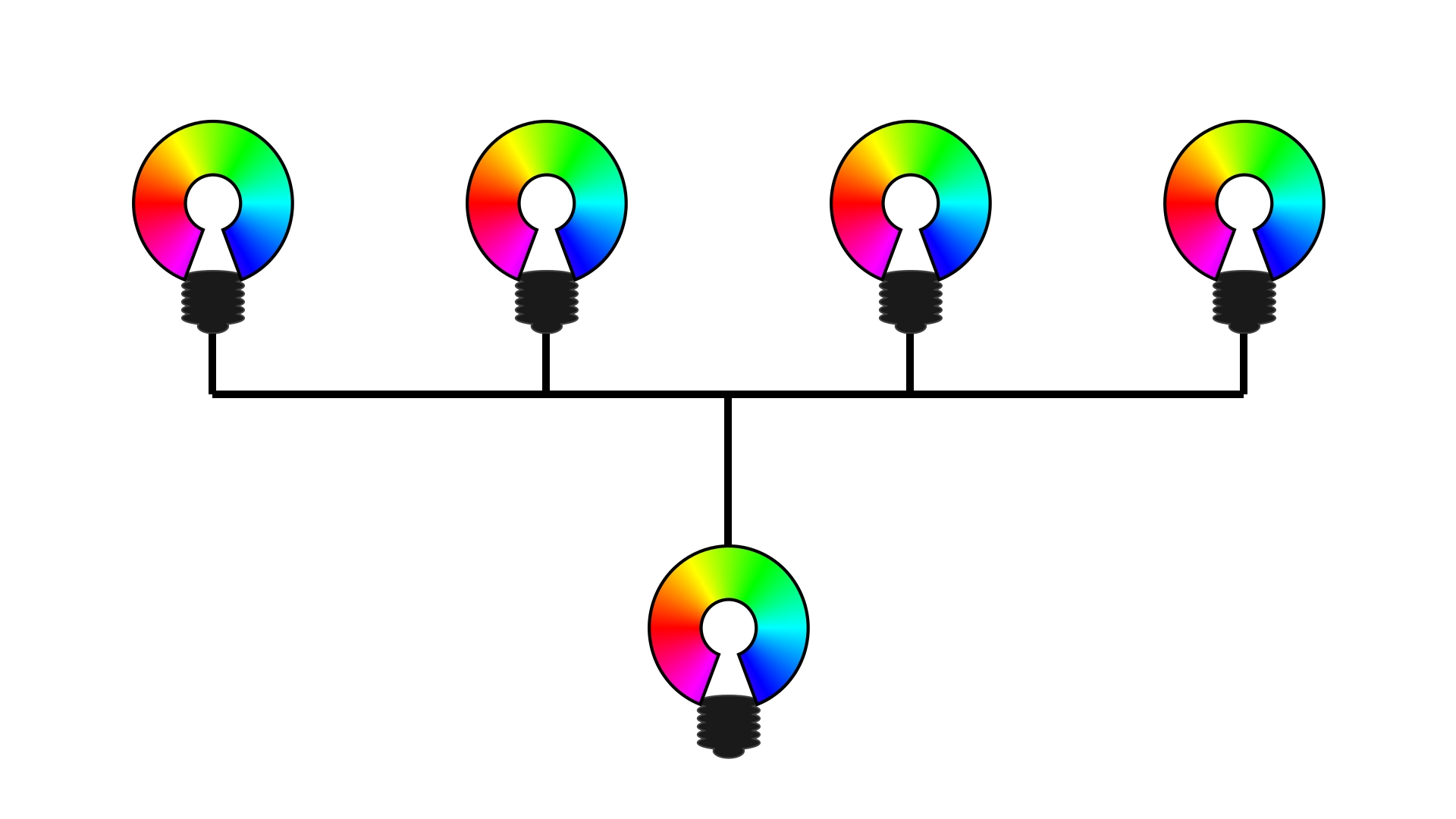**Hey there, tech enthusiasts and lighting aficionados! If you've been diving into the world of RGB lighting, chances are you've stumbled upon two big names: OpenRGB and SignalRGB. These tools have taken the PC customization scene by storm, offering users a way to transform their setups into stunning light shows. But here's the million-dollar question—how do they stack up against each other? Let's break it down so you can decide which one’s right for your rig.**
RGB lighting isn’t just about flashy colors anymore; it’s about personalization, control, and making your setup truly unique. Both OpenRGB and SignalRGB aim to deliver exactly that, but they go about it in slightly different ways. Whether you’re a gamer, a content creator, or just someone who loves a bit of flair in their tech, this comparison will help you make an informed decision.
Before we dive deep into the nitty-gritty details, let’s set the stage. OpenRGB has been around for a while now, and it’s earned a reputation as one of the most versatile and widely supported RGB control software options out there. SignalRGB, on the other hand, is a relatively newer player but has quickly carved out its niche with some unique features that set it apart. So, buckle up, because we’re about to explore which one deserves the crown in the "OpenRGB vs SignalRGB" battle!
Read also:Vallejo Holistic Health Center Vallejo Ca Your Ultimate Guide To Wellness
Table of Contents
Introduction to OpenRGB and SignalRGB
Read also:Rutgers Newark Soccer The Ultimate Guide To Passion Talent And Triumph
Introduction to OpenRGB and SignalRGB
Alright, let's get the basics out of the way. OpenRGB is an open-source software solution designed to control RGB lighting across a wide range of devices. It’s been around since 2018, and its popularity has only grown over time. What makes OpenRGB stand out is its compatibility with almost every major hardware manufacturer out there. Whether you’ve got Corsair, NZXT, or even lesser-known brands, chances are OpenRGB has got you covered.
SignalRGB, meanwhile, entered the scene a bit later but brought its own set of tricks to the table. Unlike OpenRGB, SignalRGB focuses more on media syncing—meaning it can sync your lights with audio, video, or even game events. It’s a bit more specialized, but for those who want their lights to react dynamically to what’s happening on their screens, SignalRGB is a game-changer.
Now, both tools are free to use, but they cater to slightly different audiences. OpenRGB is great if you want full control over every aspect of your lighting setup, while SignalRGB is ideal for users who prioritize dynamic effects and media integration. Let’s dive deeper into what each one offers.
Key Features Comparison
What Makes OpenRGB Tick?
OpenRGB boasts an impressive array of features that make it a go-to choice for many enthusiasts. Here are some of the highlights:
- Extensive Hardware Support: OpenRGB supports a massive list of hardware manufacturers, ensuring compatibility with almost any RGB device you can think of.
- Custom Profiles: Save and load different lighting profiles for various occasions—whether you’re gaming, working, or just relaxing.
- Advanced Effects: From static colors to complex patterns, OpenRGB gives you the ability to create intricate lighting setups.
- SDK for Developers: If you’re into coding, OpenRGB’s SDK allows you to create custom plugins and integrate it with third-party applications.
Why Choose SignalRGB?
While OpenRGB dominates the general lighting control space, SignalRGB brings something fresh to the table. Here’s what it offers:
- Media Syncing: This is SignalRGB’s killer feature. It can sync your lights with music, movies, or even in-game events, creating an immersive experience.
- Easy Setup: SignalRGB is designed to be user-friendly, with intuitive controls that even beginners can navigate with ease.
- Plugin System: Like OpenRGB, SignalRGB also supports plugins, allowing you to expand its functionality beyond the default features.
- Real-Time Effects: With SignalRGB, you can see changes in your lighting setup in real time, making tweaking and adjusting a breeze.
Hardware Support
When it comes to hardware support, OpenRGB is the clear winner. It supports a staggering number of devices, including motherboards, RAM, GPUs, and even external lighting strips. Chances are, if your device has RGB capabilities, OpenRGB can control it.
SignalRGB, while not as extensive in terms of hardware support, still covers most major brands. However, it’s more focused on syncing capabilities rather than sheer compatibility. For example, if you’re using a non-mainstream brand, you might find that OpenRGB offers better support out of the box.
User Interface
User interface is a crucial factor when choosing between OpenRGB vs SignalRGB. OpenRGB’s interface is clean and functional, with a focus on giving users complete control over their lighting setups. It’s not the prettiest software out there, but it gets the job done efficiently.
SignalRGB, on the other hand, takes a more visually appealing approach. Its interface is sleek and modern, making it a favorite among users who value aesthetics. While it might not offer the same level of granular control as OpenRGB, SignalRGB’s interface is undeniably easier on the eyes.
Community and Support
Both OpenRGB and SignalRGB benefit from active communities that contribute to their development and improvement. OpenRGB, being the older of the two, has a larger and more established community. This means more plugins, more resources, and more troubleshooting help available online.
SignalRGB’s community is growing rapidly, thanks to its innovative features. While it might not have as many contributors as OpenRGB, the SignalRGB team is highly responsive to user feedback and regularly updates the software based on community input.
Customization Options
Customization is where OpenRGB truly shines. With its extensive list of effects and patterns, you can create lighting setups that are as unique as you are. From simple static colors to complex animated sequences, the possibilities are endless.
SignalRGB also offers robust customization options, but its focus is more on dynamic effects. For example, you can set your lights to pulse with the beat of your favorite song or change colors based on in-game events. While it might not offer the same level of static customization as OpenRGB, its dynamic capabilities are second to none.
Performance and Stability
Performance is a key consideration when choosing between OpenRGB vs SignalRGB. OpenRGB is known for its stability, rarely crashing or causing issues even with complex setups. Its lightweight design ensures that it won’t bog down your system, even when controlling multiple devices.
SignalRGB, while stable for the most part, can sometimes struggle with resource-heavy tasks like media syncing. However, its developers are constantly working to improve performance, and recent updates have shown significant improvements in this area.
Installation Process
Both OpenRGB and SignalRGB are relatively easy to install, but the process differs slightly. OpenRGB requires you to download and install the software, then connect it to your devices via USB or other means. Once installed, it’s ready to go with minimal setup required.
SignalRGB’s installation process is similarly straightforward, but it often involves additional steps to enable media syncing. For example, you might need to install additional plugins or configure specific settings to get everything working perfectly.
Cost and Value
Here’s the best part—both OpenRGB and SignalRGB are completely free! However, if you’re looking for additional features, you might need to invest in compatible hardware. For example, some devices require proprietary controllers or dongles to work with these software solutions.
In terms of value, both tools offer excellent bang for your buck (or rather, lack thereof). OpenRGB’s extensive hardware support and customization options make it a great choice for those who want maximum control, while SignalRGB’s dynamic effects and media syncing capabilities provide unmatched value for users who prioritize immersion.
Conclusion and Final Verdict
So, which one should you choose in the OpenRGB vs SignalRGB showdown? It ultimately comes down to your personal preferences and needs. If you’re looking for comprehensive control over your RGB lighting setup, OpenRGB is the way to go. Its wide hardware support, advanced customization options, and active community make it a top choice for enthusiasts.
On the other hand, if dynamic effects and media syncing are more your thing, SignalRGB is the better option. Its sleek interface, real-time effects, and innovative features make it a standout choice for those who want their lights to react to their environment.
Regardless of which one you choose, both OpenRGB and SignalRGB offer incredible value and will help you take your PC setup to the next level. So, what are you waiting for? Download them both, give them a spin, and see which one fits your style!
Frequently Asked Questions
Q: Can I use both OpenRGB and SignalRGB together?
A: Absolutely! Many users run both programs side by side to get the best of both worlds. Just be mindful of potential conflicts, especially if they’re controlling the same devices.
Q: Is OpenRGB better than SignalRGB?
A: Not necessarily. It depends on what you’re looking for. OpenRGB excels in terms of hardware support and customization, while SignalRGB shines with its dynamic effects and media syncing capabilities.
Q: Do I need any special hardware to use these programs?
A: While both programs support a wide range of devices, some features may require specific hardware. For example, media syncing in SignalRGB works best with compatible controllers.
Q: Are there any paid versions of OpenRGB or SignalRGB?
A: Nope! Both programs are completely free to use. However, some advanced features may require compatible hardware, which could come at a cost.
Q: Which one is easier to use?
A: SignalRGB generally has a more user-friendly interface, making it easier for beginners to get started. OpenRGB, while powerful, can be a bit overwhelming for those who are new to RGB lighting control.


